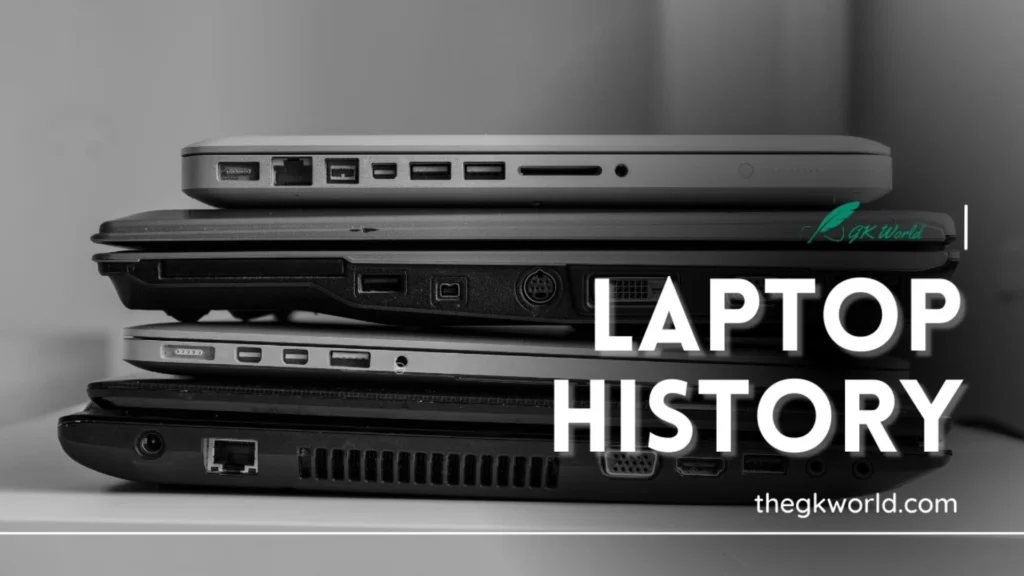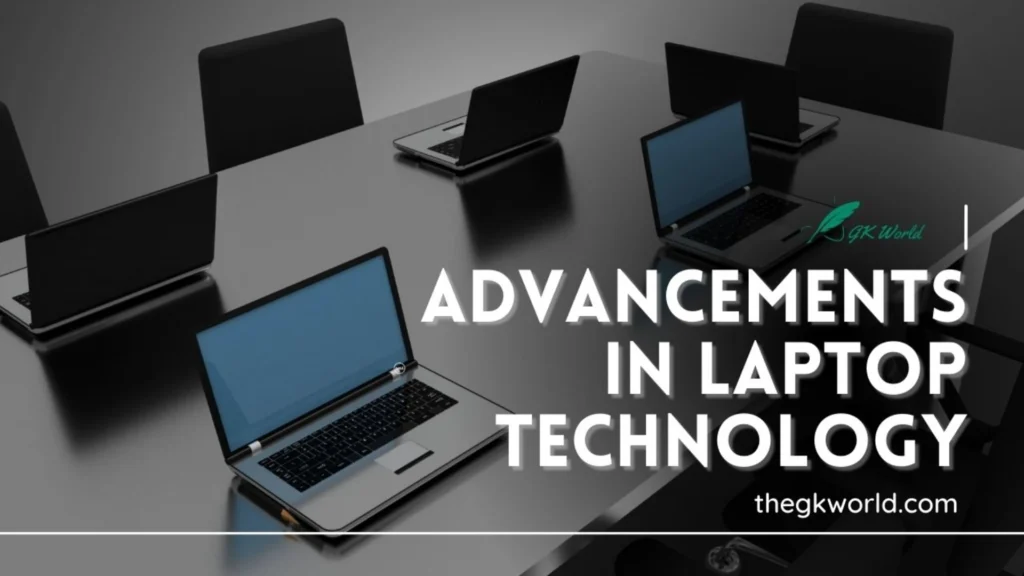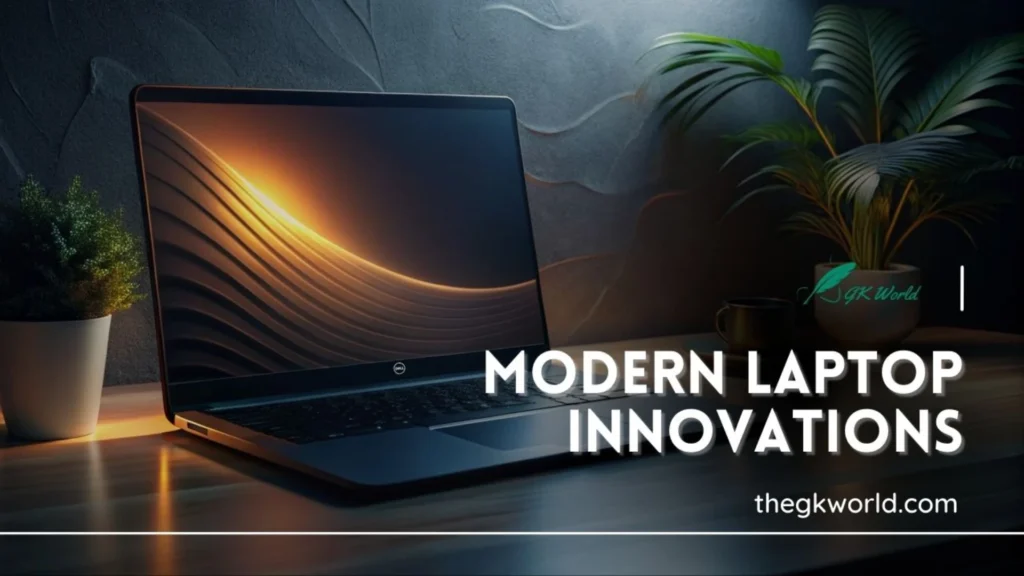
The way we work, stay, and look has notably altered due to the evolution of laptops. Large, unwieldy portable computers, workstation laptops, and Ultrabooks were first intended for basic tasks. They have developed into strong, elegant gadgets that serve various professional and private needs nowadays. The evolution of laptops, the background of portable computers, and the introduction of Ultrabooks as a revolutionary development in mobile computing are all covered in this article. We may even take a look at the differences between Ultrabooks and workstations, highlighting their unique functions and making use of them.
Evolutions of Laptops
The evolution of laptops has been non-stop because of the past due 20th century when portable computers were first developed. According to its records, laptops were first designed with experts who wanted cellular laptop functionality in mind. The emergence of workstation laptops, which were large and functional yet unwieldy, helped to create the current Ultrabook—portable, strong computers appropriate for business and pleasure usage. The evolution of laptops indicates important developments in the field of portable computers, which affect modern computing procedures.
Looking for a portable computing solution? Check out our guide on the Best Lightweight Laptops for Travel and On-the-Go Use to find your perfect match.
Laptop History: From Workstations to Ultrabooks

Workstation laptops, meant for industries requiring high levels of performance, such as engineering and design, marked the beginning of the evolution of laptops. Despite being heavy and costly, these early portable computers set the stage for later advances in laptop technology.
The evolution of laptops from massive workstations to more portable, powerful machines is visible in the development history. The Osborne 1 from 1981 and other early models were not the laptops we know today. Workstation laptops developed over time, adding capabilities like quicker graphics processing and longer battery lives. However, heavier and more powerful, workstation laptops served as prototypes for the contemporary Ultrabook.
Intel coined the phrase “Ultrabook” in 2011 to refer to a brand-new class of enormously skinny, mild, and efficient notebooks. Ultrabooks won popularity among experts who valued portability and performance because they prioritized portability without compromising either. The argument between Ultrabooks and traditional laptops highlights how laptop performance and usefulness have evolved.
Advancements in Laptop Technology

Revolutions in laptop technology have led to the development of devices with quick CPUs, long battery life, thin profiles, and sharp screens that are now indispensable in many industries.
The performance of laptops has evolved, which is one of the biggest advances. Ultrabooks may now accomplish tasks once reserved for bigger workstation laptops thanks to modern features like SSD storage, quicker RAM, and efficient cooling systems. The Ultrabook vs. traditional laptop comparison shows how mobility has not been sacrificed while performance has increased dramatically.
Professionals can now handle challenging jobs like software development and video editing while on the fly, thanks to the evolution of laptop technology.
Workstation laptops are still essential for users who need the most computational power, but Ultrabooks provide a viable alternative for those who value portability above all else. Generally, the decision between Ultrabooks and workstations comes down to certain use cases.
Ultrabooks function effectively in applications needing modest processing power mixed with portability, while workstations thrive in resource-intensive tasks like data analysis and 3D modeling.
Explore our guide on the Best Laptops for Students and Teachers to find reliable and budget-friendly options. Perfect for enhancing productivity and learning.
Modern Laptop Innovations: The Workstation to Ultrabook Transition

Ultrabooks represent a larger evolution of laptop form and utility than workstation laptops. Despite the growing cognizance of producers on growing laptops that are each effective and lightweight, early portable computer systems must choose between mobility and overall performance. Ultrabooks are the embodiment of these developments
One significant improvement in laptop technology is its reduced weight and size. Ultrabooks are best for experts who want the functionality of a laptop pc with the portability of a laptop. These devices generally weigh less than 3 kilos and are less than one inch thick. Features like speedy charging, extremely speedy startup instances, and all-day battery lifestyles have made Ultrabooks the leaders in cutting-edge mobile computing. Their emphasis on portability and strength performance without sacrificing performance has revolutionized the way both customers and company users use laptops.
Laptops for Professionals: Workstation vs. Ultrabook
The particular desires of professionals play a first-rate function in the decision among Ultrabooks and laptops. Workstation laptops are perfect for worrying obligations like clinical simulations, video rendering, and CAD design because they consist of stronger image cards, greater RAM, and more processing electricity. But in comparison to Ultrabooks, they’re commonly bulkier and less portable.
Ultrabooks, on the other hand, are made to be portable and intended for general professional use. They are quite good at writing paperwork, setting up video conferencing, and producing light material. Although workstation laptops can outperform Ultrabooks in terms of overall performance, Ultrabooks are nonetheless a great alternative for professionals who need mobility without compromising an excessive amount of processing energy.
Explore The Evolution of Fast Charging laptop technology and how it’s revolutionizing the way we power up devices quickly and efficiently. Learn more here.
FAQs
1. What are the key differences between workstation laptops and Ultrabooks?
Workstation laptops are built for demanding tasks, featuring powerful graphics and increased RAM. Ultrabooks prioritize efficiency and mobility, making them ideal for mobile work and daily operations.
2. Why choose an Ultrabook over a traditional laptop?
Ultrabooks are outstanding for professionals needing to work on the fly. Being lighter and thinner than usual laptops, they strike a compromise between portability and overall performance, providing higher processing energy and a longer battery life.
Conclusion
The evolution of laptops from workstation laptops to Ultrabooks highlights great advancements in laptop technology. Although workstation laptops are still useful for people who want the highest level of performance, the popularity of Ultrabooks has changed what people demand from portable computers. We may expect even more powerful, portable, and adaptable computers in the future that will benefit both corporate and consumer users as laptop technology and Ultrabook features continue to develop. The shift from workstation to Ultrabook is a reflection of the changing needs of the contemporary digital world and the status of technology.








Leave a Comment